We're all looking for ways to live for a better food system and planet. But sometimes it's hard to know where to start on an individual level!
The Knorr Future 50 Foods Report gives the lowdown on the ingredients that have the power to increase the nutritional value and decrease the environmental impact of everyday meals.
Some of them may be foods that you already eat, while some of them may be new to you, but all of them will help us to collectively shift and sustain the food system.
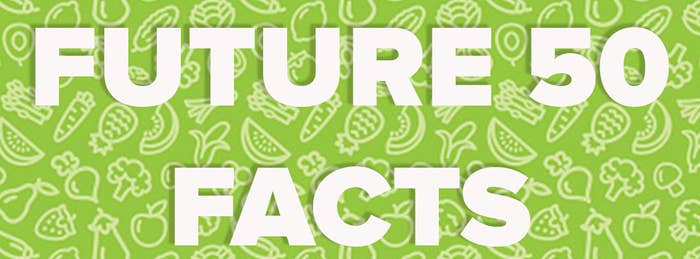
1. By 2050 the world's population is predicted to increase to almost 10 billion people. That is 10 billion people who will need nourishing, all whilst we try to manage a rapid decrease in resources.
2. 75% of the global food supply comes from just 12 plant and 5 animal species...
3. ...And just rice, maize and wheat make up nearly 60% of calories from plants in the entire human diet.
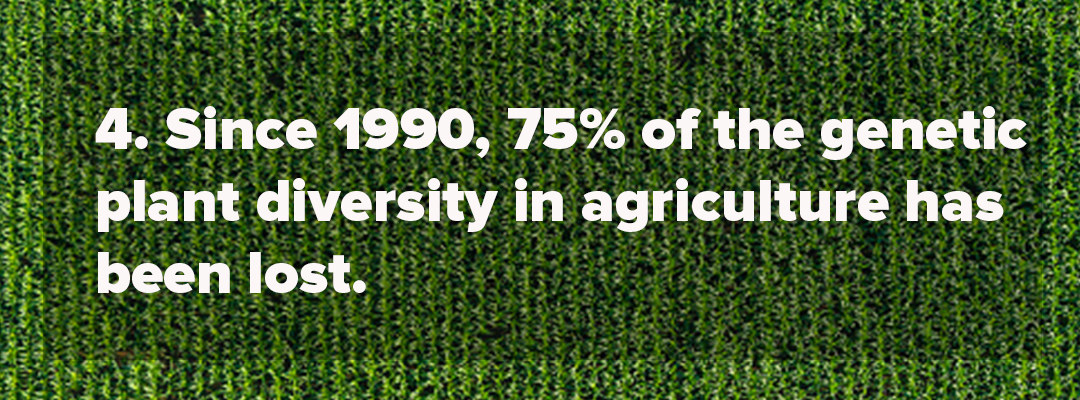
5. There are between 20,000 and 50,000 discovered edible plant species but we currently only eat 150 to 200.
6. Meat and dairy production are more water, land and greenhouse gas intensive than plant production. 60% of all agriculture greenhouse emissions comes from animal agriculture.
7. Algae produce half of all the oxygen on Earth. They also share the same savoury umami flavour profile as meat, so they can be a good substitute for anyone looking to cut down on their animal consumption.
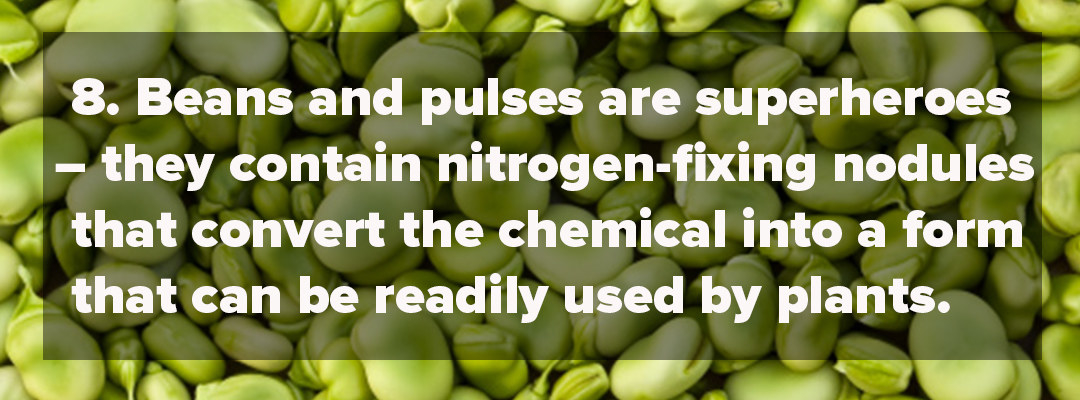
9. Depending on where you are in the world, lentils can have a carbon footprint 43 times lower than that of beef, making them the sustainability OG.
10. Raw soybeans contain 38 grams of protein per 100 grams – similar to pork and three times more than an egg, so you can still get all the protein you need without eating meat!
11. BUT three-quarters of all soy produced is used for animal feed. It takes a high volume of soy to feed only a small amount of meat, which highlights the inefficiency in the food system. Cultivation of soy can also drive deforestation, so lowering the demand for it as animal feed is critical.
12. Cacti aren't just good for making your home look more photo-worthy; they also contain vitamins C and E, carotenoids, fibre, amino acids and antioxidants, making them a great addition to your diet. Just don't try to eat the prickles!
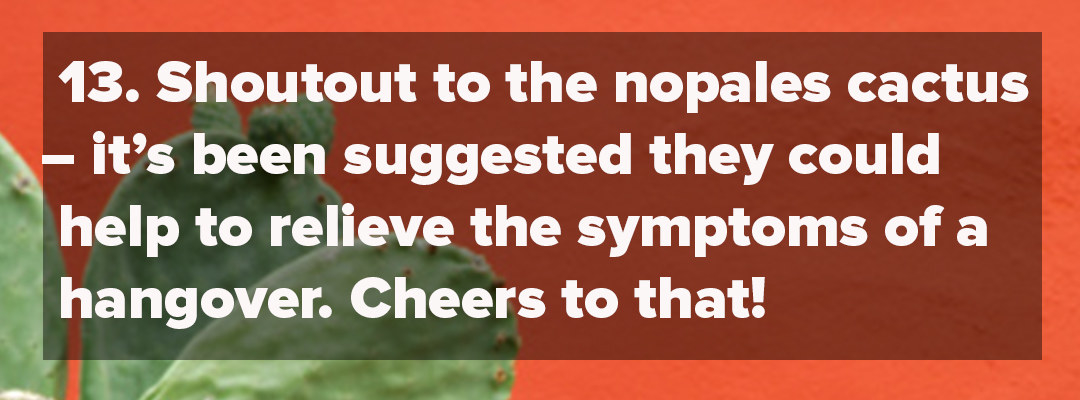
14. Amaranth is one of the oldest crops in the world – it was beloved by the Aztecs and the Incas for its suspected ~supernatural~ properties.
15. There are over 3,000 varieties of the popular grain quinoa, but so far the demand has been limited to just a few types. In order to be more sustainable, farmers have been given incentives to grow less common types of quinoa – this has led to more trade opportunities and benefitted local economies too!
16. Quinoa contains all nine of the essential amino acids. Full marks for quinoa!
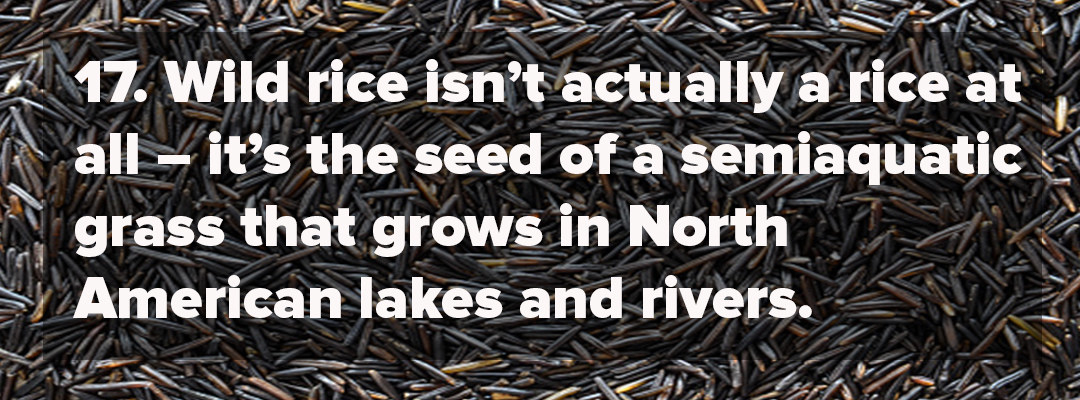
18. Compared with white rice, wild rice is a better source of protein, zinc, and iron.
19. The leafy green head of a beet is actually the most nutritious part of the plant. They're rich in vitamins K and A, magnesium, potassium, and iron as well as the pigment lutein, which is associated with good eye health.
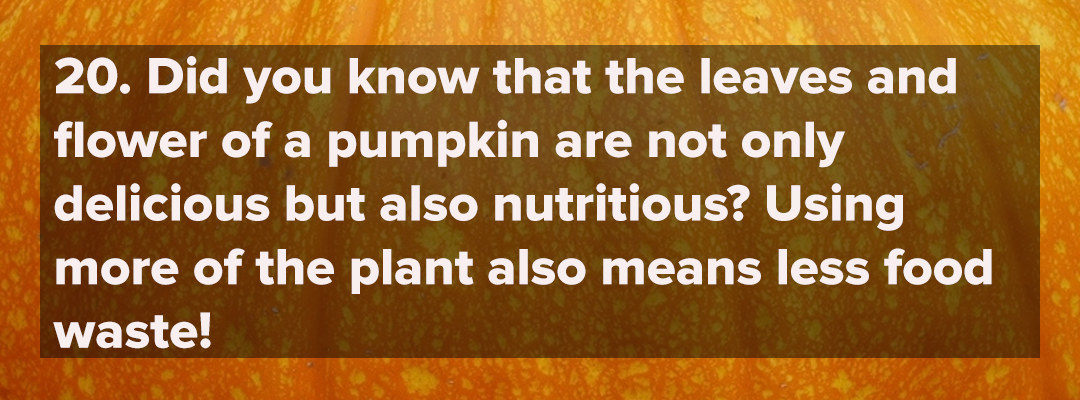
21. The taste of kale supposedly becomes sweeter when it is exposed to extreme cold, but more bitter and unpleasant when grown in hot weather. It's the chameleon of salad leaves.
22. Red cabbage has ten times more vitamin A and double the amount of iron of green cabbage. Plus it is hardier and can survive in harsh growing conditions.
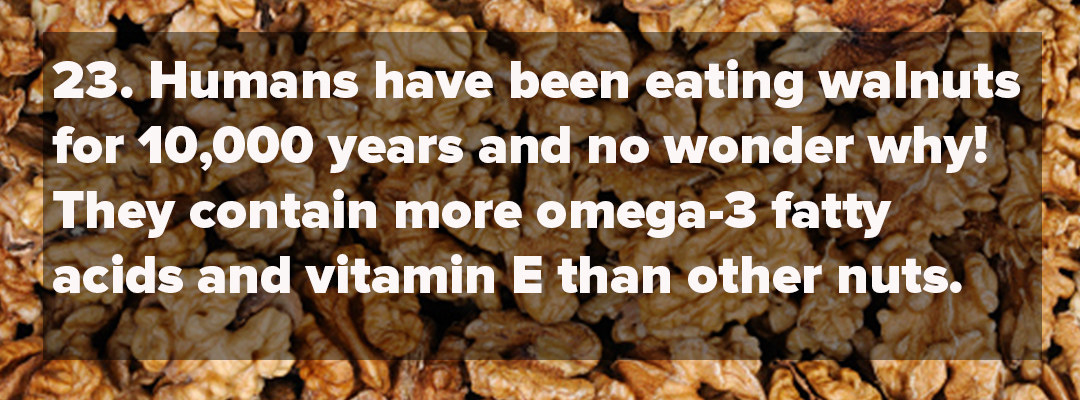
24. Did you know that sprouting seeds and beans often have up to triple the amount of nutritional value of the plant? Try sprouted kidney beans and chickpeas to supercharge your nutrient consumption.
25. Yam bean root is a great alternative to other root vegetables like potatoes because it produces a higher yield on less ground. This is super important as land is precious when managing a growing population. Yam bean also helps to promote soil fertility through nitrogen fixation, so it's an all-around goody.
Images sourced from Getty/ iStock
Be part of large-scale change with your small actions, and learn more about the Knorr Future 50 Foods Report and what you can do here.
Knorr is on a mission to lead the charge to help fix the food system for the long-term health of our people and planet. With the Knorr Future 50 Foods, your everyday changes in your diet can help build a greener food future.
All imagery from Getty / iStock
